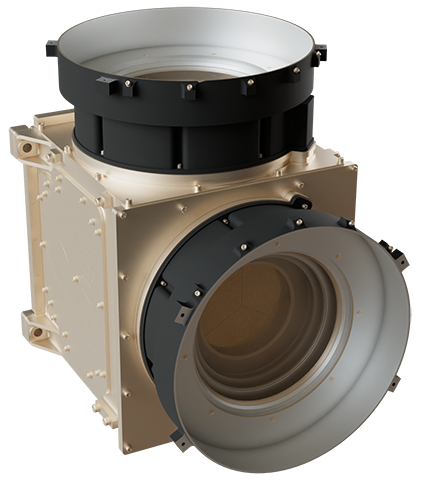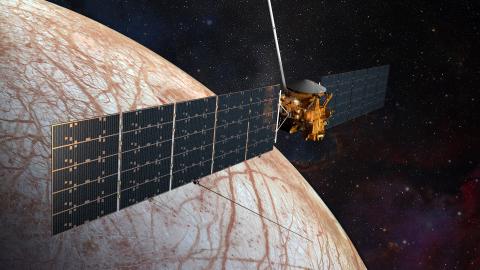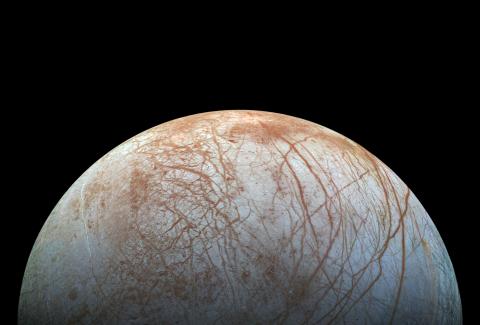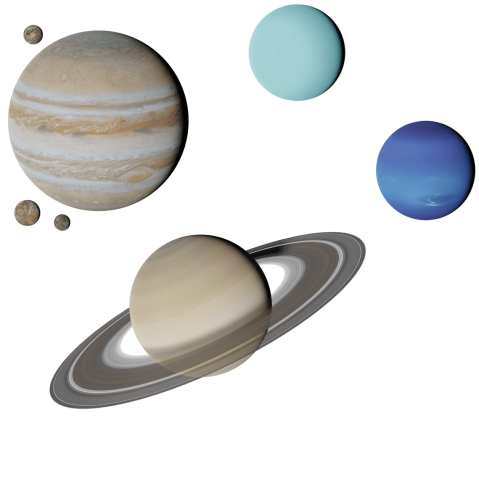About the Instrument
Instrument Type
Particle
The APL-built Plasma Instrument for Magnetic Sounding (PIMS) is part of NASA’s Europa Clipper mission, which targets Jupiter’s icy moon, Europa. An ocean world, Europa is a moon with a liquid water ocean sloshing beneath its surface, making it one of the prime destinations to search for life beyond Earth.

PIMS will measure the plasma — a soup of electrically charged gas — that fills Jupiter’s magnetosphere and makes up the charged part of Europa’s atmosphere, called the ionosphere. As Jupiter’s magnetic field washes over Europa, it induces a magnetic field within the subsurface ocean. That induced field can reveal details about the thickness of the moon’s ice shell, the depth of its subsurface ocean and the ocean’s salinity. Plasma in Jupiter’s magnetosphere, however, can skew observations of this induced magnetic field and muddy our interpretations of it. Using four specially designed sensors called Faraday cups, PIMS will provide clarity by measuring characteristics of the low-energy plasma at and around Europa — including the plasma density, temperature and velocity — to help uncover what Europa’s induced magnetic field is telling us about the ocean beneath.
Mission
Europa Clipper
Related News & Stories
Go inside APL’s space missions and research, and check out the latest news, features and discoveries from the teams that are probing mysteries from the Sun to the edge of the solar system and beyond.





